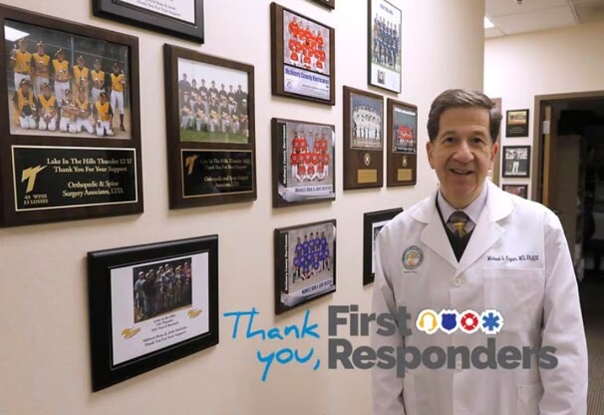6 Tips for a Better Workout in the Cold
- Category: Blog
- Posted On:
- Written By: Joshua Alpert, MD

When the weather turns brutally cold, it can be a challenge to exercise outdoors while being comfortable and safe. This week is shaping out to be one of the coldest this year, so heads-up to all you outdoor athletes.
Here are some tips on how to manage your workout and stay safe and healthy.
Muscles lose more heat in the winter months and contract, forcing them to work harder than they did before.
- Dress for success:
Dress in layers to trap warm air between each layer for an insulating effect.The outer layer should repel wind and precipitation, while the inner layers provide additional warmth.
Jackets, hats and gloves/mittens can be removed or added as your body heats up or weather conditions change.
Wear moisture-wicking materials for the layer closest to your body. Don’t wear cotton because it will stay wet when you begin sweating. Over this, dress in layers that you can easily remove as your body heats up. - Slow it down
You should consider decreasing the intensity of your workout in the cold or count on using more energy to perform the same movements because as muscles get cold they become weaker.While training in cold weather is generally safe, the low temperatures do pose some challenges and your body needs extra time to adjust to the changes.
You may slouch forward to avoid the feeling of cold, but it is important to maintain good form and posture when running, as slouching can lead to injury.
Joints feel tighter and may ache due to the drop in barometric pressure. - Know the signs of hypothermia
Early signs of hypothermia include:- Weakness
- Shivering
- Fatigue
- Slurred speech
- Dizziness and confusion
If you have any of these symptoms, move immediately to a warm area for first aid.
- Hydration: Hydration is so important. You may feel cold, but your body is still sweating. It is a good idea to make an even bigger effort to drink water at regular intervals when exercising outdoors.
- Be more mindful of your food intake. Muscles that have to work harder in the cold will need more carbohydrates to stay properly fueled during workouts and will need to have more replaced afterward.
- Be patient as you adjust, and listen to your body. Heading outdoors with a case of the sniffles is fine if you feel otherwise healthy, but take a break and rest if you have a fever.


